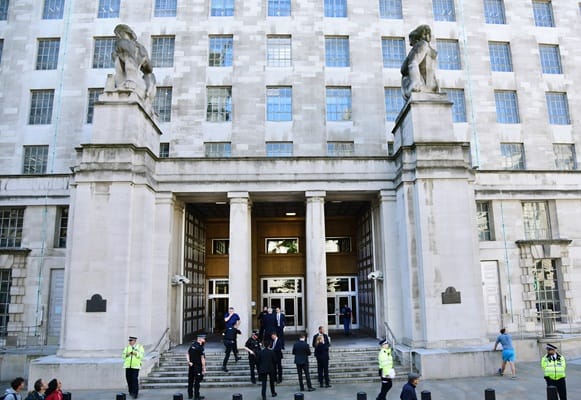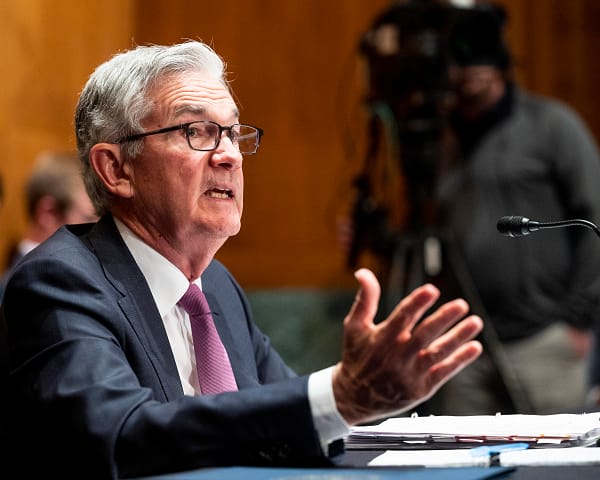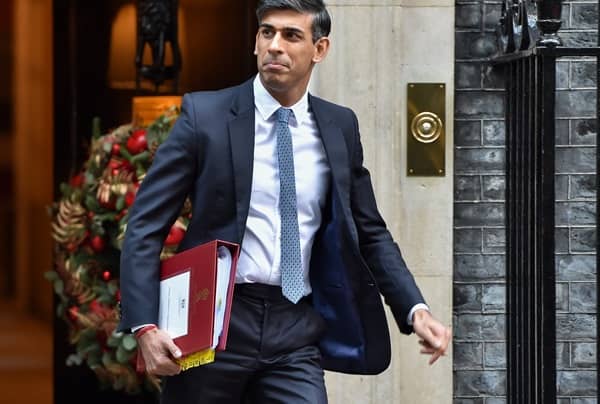The Ministry of Defence (MoD) has rejected thousands of suspicious invoices valued at over £211bn over the last three years as the organisation clamps down on financial fraud.
Official figures obtained using the Freedom of Information (FOI) Act, and analysed by the Parliament Street think tank, revealed that the MoD rejected 8,918 invoices worth a total of £211,649,900,000 over the last three years.
Reasons given for the rejections included inaccurate pricing, invalid tax details, missing supplier data, duplicate invoice numbers and inactive purchase orders. Of the 8,918 rejected invoices, 5,063 were subsequently corrected by suppliers, leaving 3,855 given a final rejection by the ministry.
In April this year, former corporal Aaron Stelmach-Purdie was jailed for stealing almost £1m from the MoD by submitting fraudulent expense claims.
It was reported that Stelmach-Purdie manipulated the MoD’s online platform for managing staff expenses and allowance claims, defrauding the government of £911,677. Of this, £557,093 he kept for himself, the court heard.
In June this year, army solider Andrew Oakes used his position as a financial administrator to steal over £300,000 of MoD funds. It was alleged that Oakes would write cheques to himself, disguising the transactions by falsifying stubs in the names of legitimate suppliers, including a regimental accountant and a tailoring company. The illicit funds were then used to purchase three Tesla cars, a Mini Cooper and a Nissan Qashqai.
Dr Janet Bastiman, chief data scientist, Napier AI, said, “Invoice fraud is a key tactic used by criminals to divert legitimate payments into rogue bank accounts.
Large government organisations tasked with managing thousands of transactions every day from multiple suppliers are a top target for malicious parties seeking to extract funds using fake paperwork to fuel money laundering, organised crime, and illicit activities.
Key to neutralising these threats is to deploy AI-powered financial crime detection tools to track and identify anomalies that could be suspicious transactions, allowing public sector decision makers to spot illegal activity and take immediate action.”








